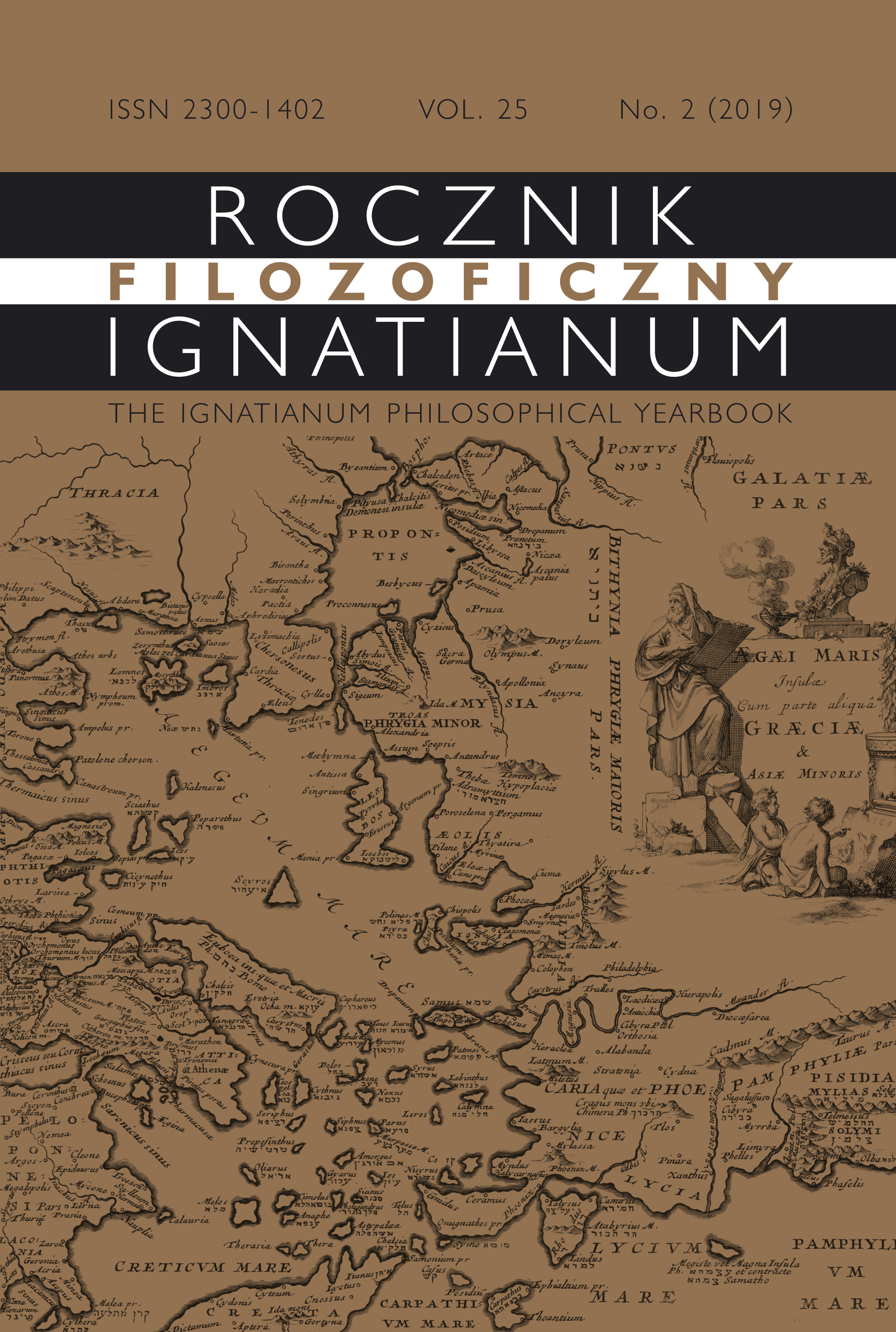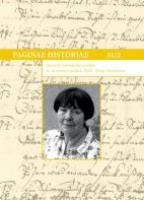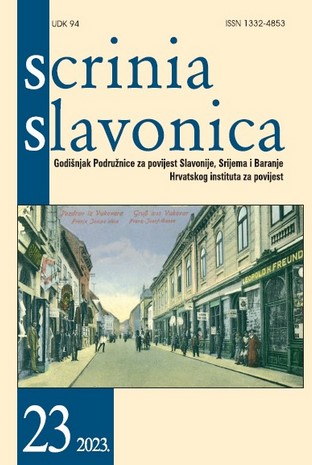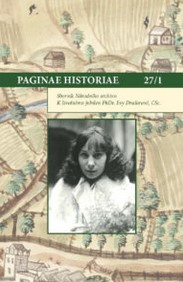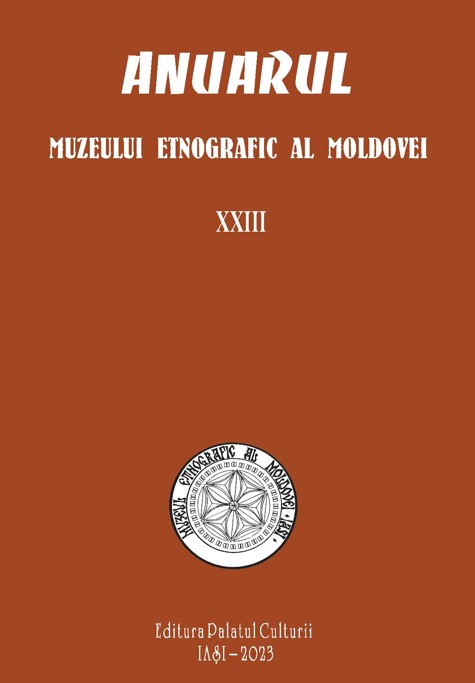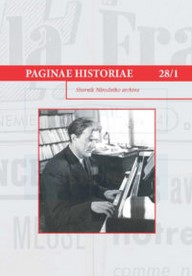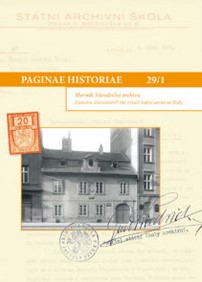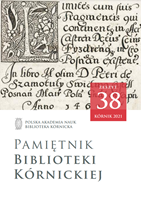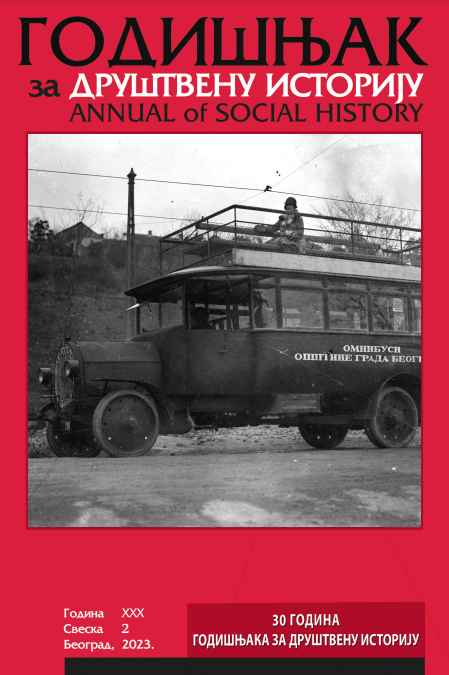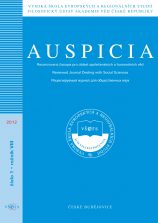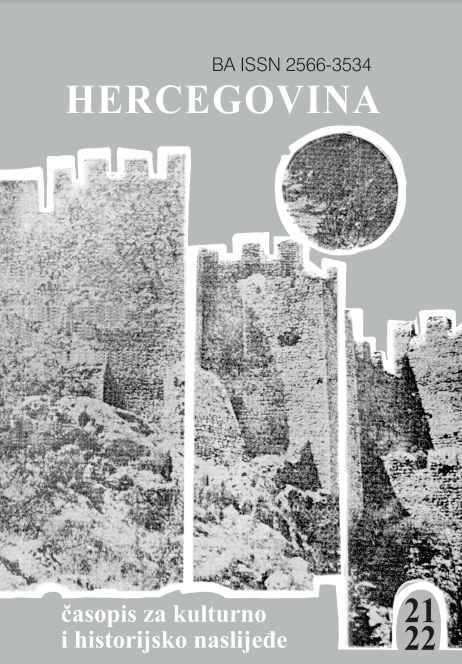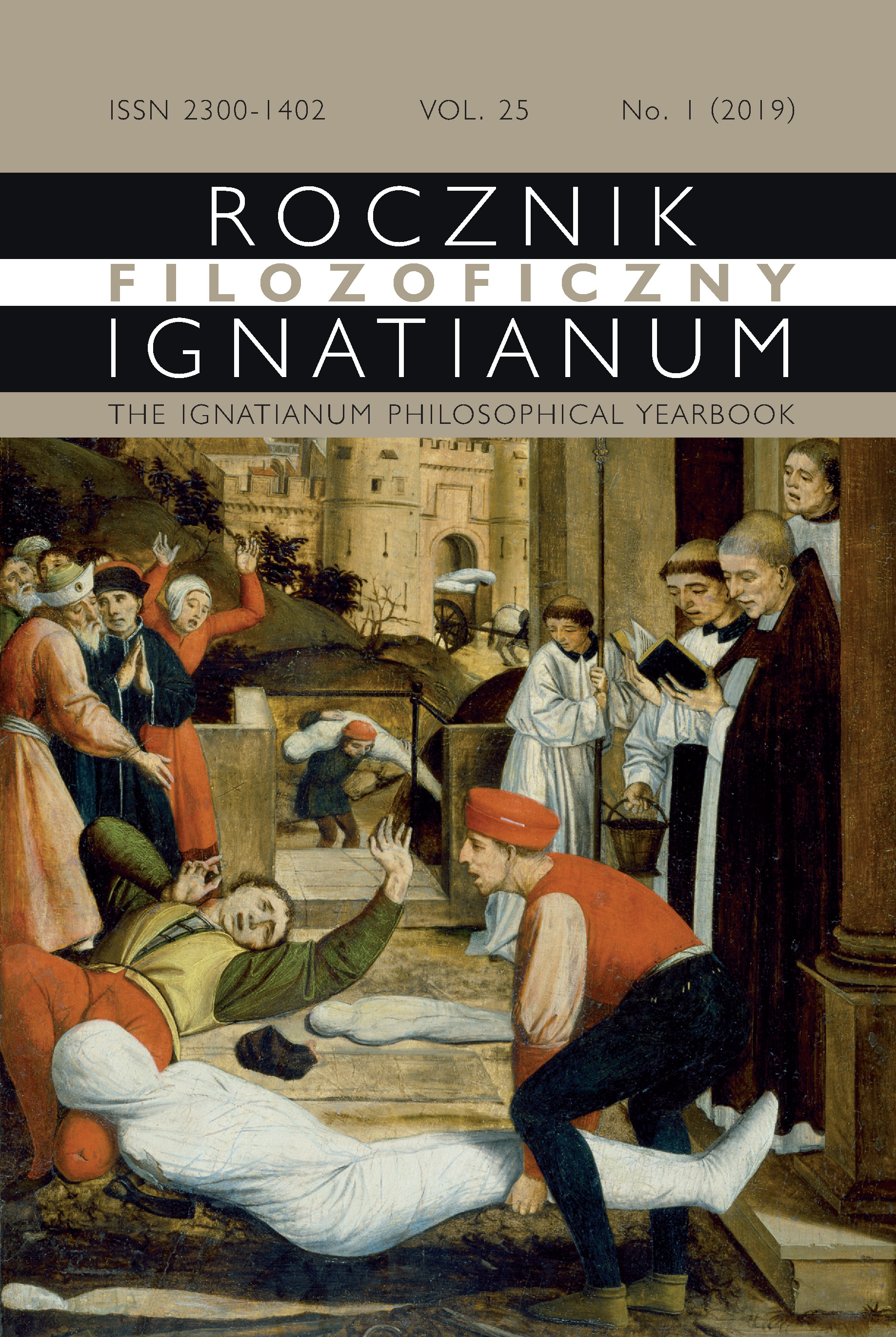
Walka z „morowym powietrzem” na terenach dawnej Rzeczypospolitej w świetle żywieckiej kroniki z XVIII wieku
The article presents the problem of dealing with the pestilence (pol. morowe powietrze, “pestilent air”) on the territory of the old Republic of Poland, with particular focus on the Żywiec County in the 16th to 8th century. The paper attempts to answer the questions of how the medics of that time dealt with epidemics, what actions were taken by ordinary people for whom the raging plague was often the result of the interference of demonic forces, and finally, what preventive measures against the plague were proposed to the faithful by the Church. The source for the considerations is the Chronografia albo Dziejopis żywiecki [Chronography or the Żywiec Chronicle], the account of history of the town of Żywiec and the surrounding area covering the years 1400–1728, written by the mayor, Andrzej Komoniecki (1659–1729). The Chronicle brings back an extraordinarily colorful picture of old customs, beliefs and superstitions, as well as paramedical practices, which to our contemporary cultural sensitivity may appear bizarre, gruesome and terrifying. In preparing the article, the author also used extensive literature, primarily in the history of medicine. Among the research methods used in the study, it is worth mentioning, first of all: the explicative method, the method of document research, the method of analysis and criticism of sources, the method of cultural analysis and the method of stylistic-rhetorical analysis. In contemporary socio-cultural reality, the reading of the Chronografia takes on new meanings. In the context of the pandemic that struck the world in the 21st century, the extremely accurate accounts of the Żywiec chronicler seem particularly interesting, as they allow us to compare the attitude of our old Polish ancestors and ourselves in the face of a similar threat. This comparative leads us to believe that some of the measures taken to prevent the spread of infections, such as keeping a distance, limiting the number of participants at funerals, or not letting strangers into towns, are still taken today, while others, such as locking the sick up in huts, setting fire to infected houses, burying plague victims under fences, drowning them in rivers, or desecrating the bodies of the dead suspected of having caused the plague, are now happily forgotten.
More...
